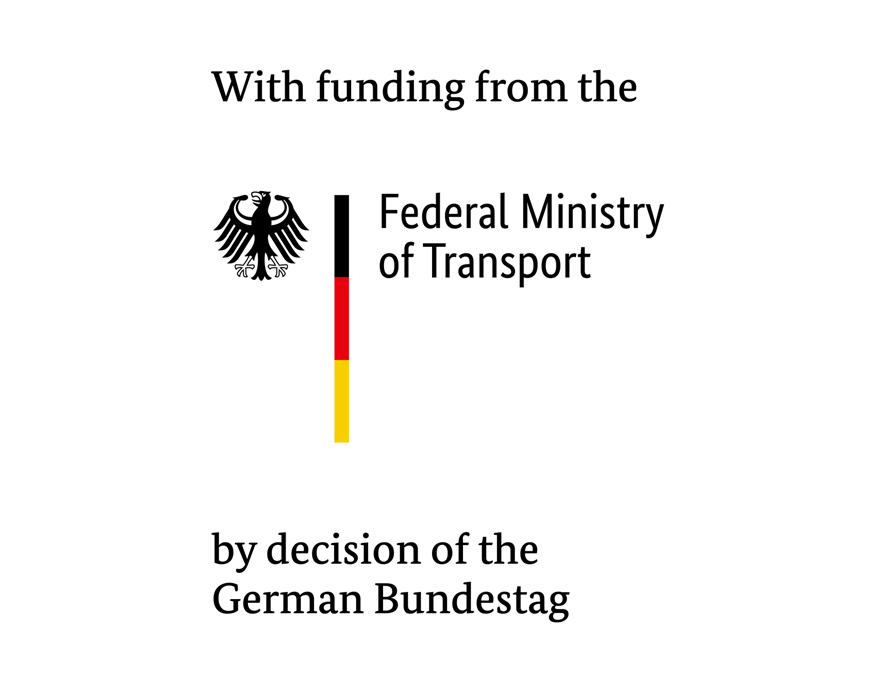At a glance
- Heavy-duty vehicles such as trucks can be powered in a climate-neutral way with fuel cells that run on hydrogen produced from renewable sources.
- In the National Fuel Cell Production Action Plan (H2GO), five technology networks are developing the requisite infrastructure.
- Fraunhofer IWES is part of the ViR technology network (virtual reference architecture), which is focusing on the digitalization of the fuel cell factory. Within the project, IWES is responsible for linking digital and real-life processes as part of the quality management measures.
The challenge
Germany aims to be climate-neutral by 2045. In the transport sector, that entails adopting climate-neutral power systems such as batteries for all vehicles. However, battery systems are reaching their limits in heavy-duty transport. The use of fuel cells running on hydrogen represents a better alternative, but the technology required for their cost-efficient production is currently not available.
The solution
This is where the National Fuel Cell Production Action Plan (H2GO) comes into play. The goal is to develop the requisite production solutions and thereby contribute to establishing fuel cell technology. This creates a basis for developing the fuel cell industry into a central field of competence in Germany.
Five networks, four with technological and one with digital focus, will utilize existing research skills and initiatives of a total of 18 Fraunhofer institutes.
The added value
Fraunhofer IWES is part of the ViR technology network focused on the digitalization of fuel cell factories. Primary objectives are the design, development, and implementation of a digital twin mapping the fully automated and manual process steps in a modular structure. This will allow factory processes to be controlled by means of near-real-time coordinated, cross-site, and tactical production planning. The data from digital twins will be utilized to optimize these processes successively. Digitalization functions will then be available to all network sites, allowing them to integrate their own technical applications into the digital reference architecture.
Within the ViR subproject, Fraunhofer IWES, together with the Fraunhofer institutes IWU and IMWS, is investigating the improvement and integration potential of high-rate and indentation-based in-line methods for quality control in the forming process of bipolar plates. For this purpose, macroscopic and microstructural data will be systematically linked via statistical and model-based analyses in order to achieve improved evaluation of the material properties.
